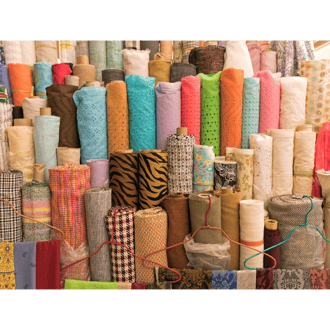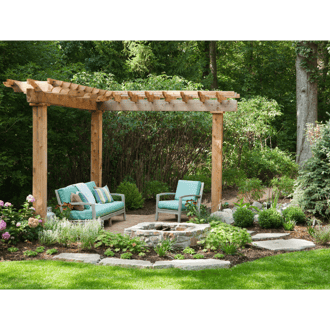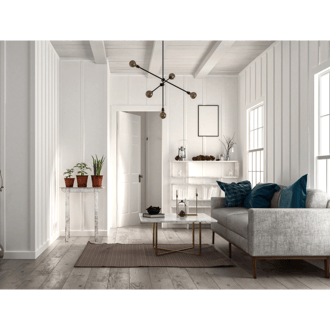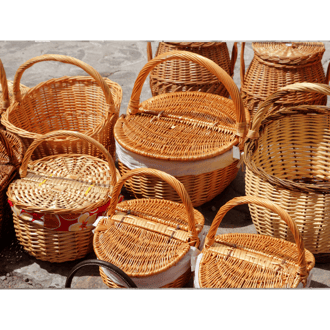Top Sustainable Home Décor Trends of 2025
Discover the top sustainable home décor trends of 2025, focusing on natural materials, upcycling, and eco-friendly designs that enhance your living space while promoting environmental consciousness...
TIPSBLOGDIY
Introduction
By 2025, sustainable home décor has become mainstream as people all over the world became aware of a sustainable lifestyle and eco-friendly products. More homeowners are incorporating eco-friendly design elements that play together creating beautiful spaces that are functionality good for the earth too.
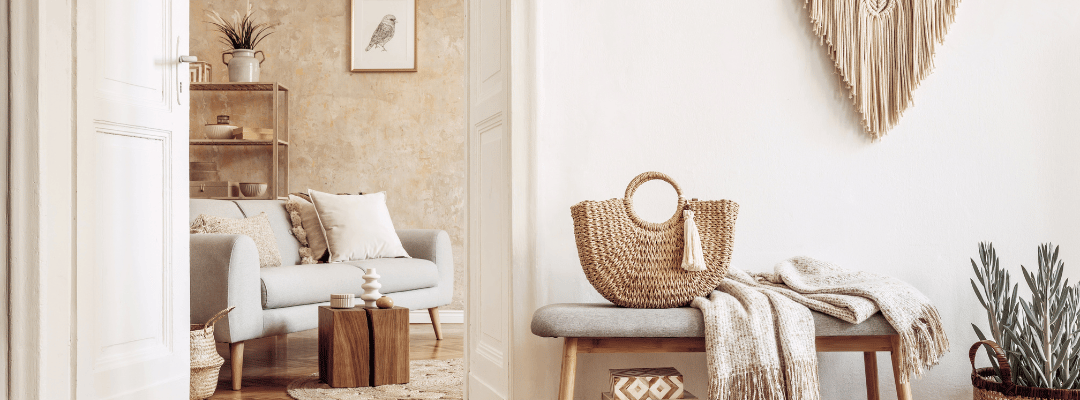

Embracing Natural Materials
A trending sustainable home décor style is the use of natural materials. We are seeing bamboo and cork, which rapidly renew, in flooring, furniture, and décor accents. The natural aesthetic and durability of bamboo and cork make them ideal choices. In the same way, reclaimed wood, with its appealing rustic charm, brings character to spaces while decreasing the demand for virgin timber. A popular tactile connection to nature and natural fibers also include jute, hemp and organic cotton for rugs, upholstery and window treatments.
Upcycling and Repurposing
Keenly crafted recycled décor items and upcycled surfaces are synonymous with creativity and sustainability. You can give new life to vintage furniture through refurbishment. Doing this a better use helps reduce waste. DIY décor projects, like making glass jars into planters or turning an old ladder into shelving, allow homeowners to customize their spaces and be eco-friendly.
Energy-Efficient Lighting Solutions
Lighting is very important when designing a sustainable home. More and more energy-efficient options are becoming available that look good without costing too much. More and more people are opting for LED lighting, due to its long-lasting energy-efficient qualities. There are many styles to choose from. Smart lighting systems have become popular which allows switching on and off of lights based on the usage and availability of natural light.
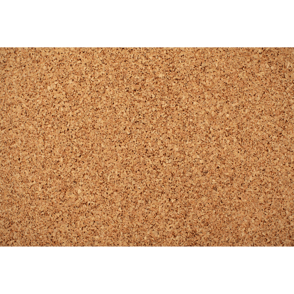



Incorporating Biophilic Design Elements
Biophilic design seeks the connection between nature and humans, to be able to incorporate nature into the environment. Adding indoor plants can enhance your interior spaces while improving the overall air quality as well. When you design spaces that allow in plenty of natural light there is less need for artificial lighting creating a warm feeling.
Choosing Eco-Friendly Paints and Finishes
Conventional paints do release VOCs that damage health and the environment. Thus, choose eco-friendly paint. The 2025 trend leans towards safer alternatives. Low-VOC and VOC-free paints reduce indoor air pollution and they are available in a wide array of colors. Don’t have to sacrifice style.
Selecting Sustainable Textiles
Opting for sustainable textiles is the most stylish home décor trend for 2025. People are using organic fabrics like linens, cottons and wools produced without harmful chemicals for bedding, curtains, and upholstery. Also, people are using materials made from recycled fibers quite a lot nowadays, some of them like polyester from plastic bottles.
Adopting Minimalist and Functional Design
It’s best to use less furniture but useful which can serve more than 1 purpose. Multi-use furnishings such as sofa beds or storage ottomans maximise space and have utility that rests within sustainable living. Wherever possible maintaining junk free environment helps to gain mental clarity and restricts desire for wanted purchases.
Supporting Local Artisans and Ethical Brands
Buy pieces that are handmade, preferably produced in India and sold at ethical businesses. When you buy handcrafted items, it helps the community and protects the planet as well. Buying fair-trade certified products means that the artisan’s pays a decent wage and it is safe.
Designing Sustainable Outdoor Spaces
Extending sustainability to outdoor areas enhances the overall eco-friendliness of a home. Using native plants in landscaping reduces water usage and supports local ecosystems. Selecting patio furniture made from recycled or sustainably sourced materials ensures durability and environmental responsibility.

